
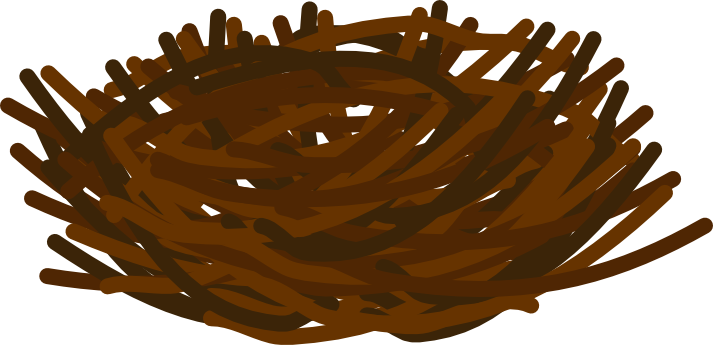












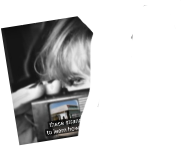


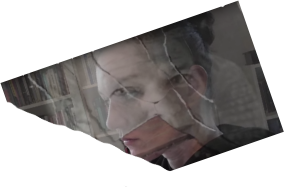


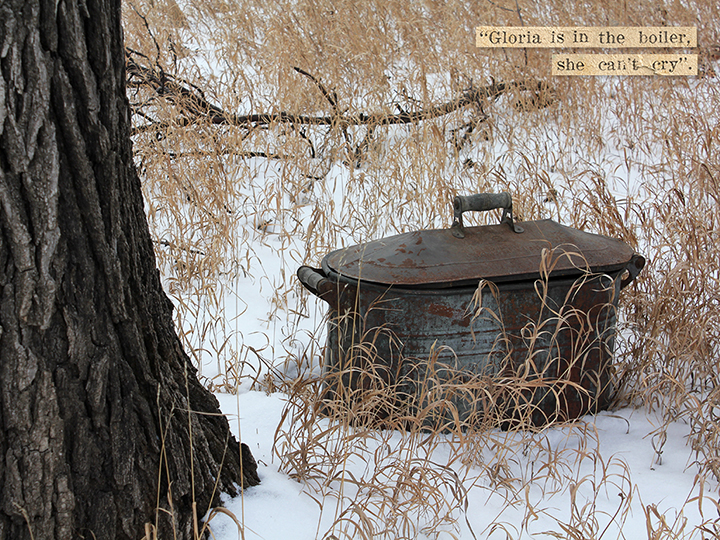


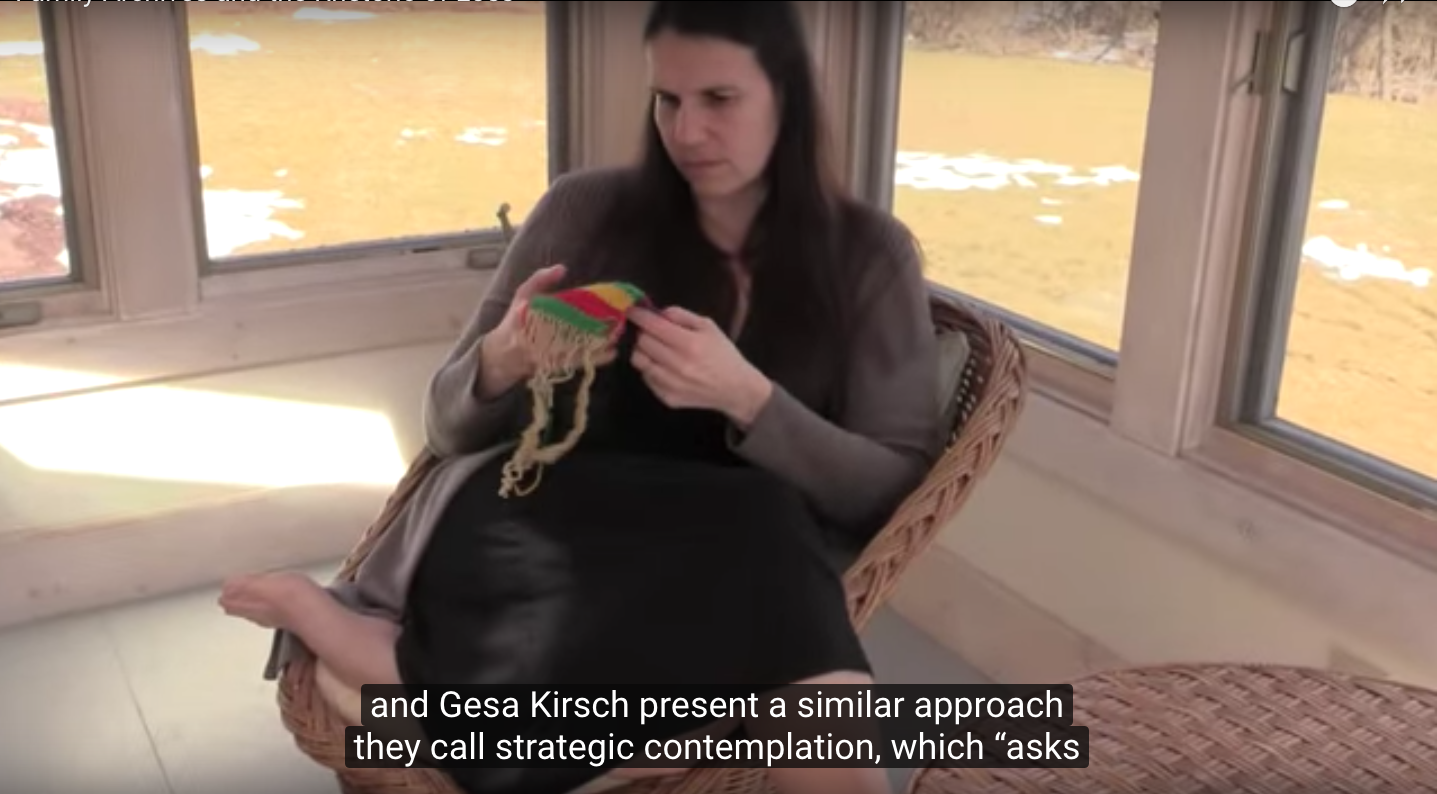



Although the scrapbook is a concept theorized most strongly in Shipka's essay, it is also a productive image for sampling, organizing, and framing the essays collected in Provocations: Reconstructing the Archive as a whole based on these authors' performance of storytelling craft. Most of the pieces in the collection focus on very personal, everyday stories and experiences (such as Anderson's "multimedia memoir"), and all use the self as a lens for interpreting these stories (an element particularly foregrounded in Campbell's essay). Furthermore, all four pieces in the collection focus especially on beautiful/experimental craft with their video or multi-channel essays. By using a scrapbook as an organizing metaphor for the sampled media elements, I seek to capture the personal, often family-oriented nature of this collection’s storytelling, as well as the emphasis on creative critical making at these essays' hearts.
Like the collection itself, the first project in a series "designed to push against existing boundaries, to envision new dimensions in both form and content, to deploy new tools and approaches, and to advance new understandings" (Abstract), the scrapbook carries risks as an organizing metaphor. For some readers, a scrapbook may come across as too personal, too commonplace, or too aesthetically oriented to warrant sustained scholarly attention. Yet that is certainly not the argument that is intended with this choice in presentation design. As a fellow webtext composer reviewing these authors' work, I want to emphasize the richness of the craft but also the provocative intellectual side through the snippets that I have selected here, to represent Provocations: Reconstructing the Archive as a text that is non-traditional in form but appeals to a wide reader base: archivists, webtext crafters, those interested in writing (with) the self, and anyone especially interested in theorizing/investigating the rich material rhetoric of everyday lived experience. Like a scrapbook, with Provocations: Reconstructing the Archive, what draws attention initially might be the richly crafted storytelling, but what continues to haunt the reader (like the shadow of the magpie at the corner of the page) is the thought-provoking work these authors perform in investigating and demonstrating the intellectual value of unlikely archives.